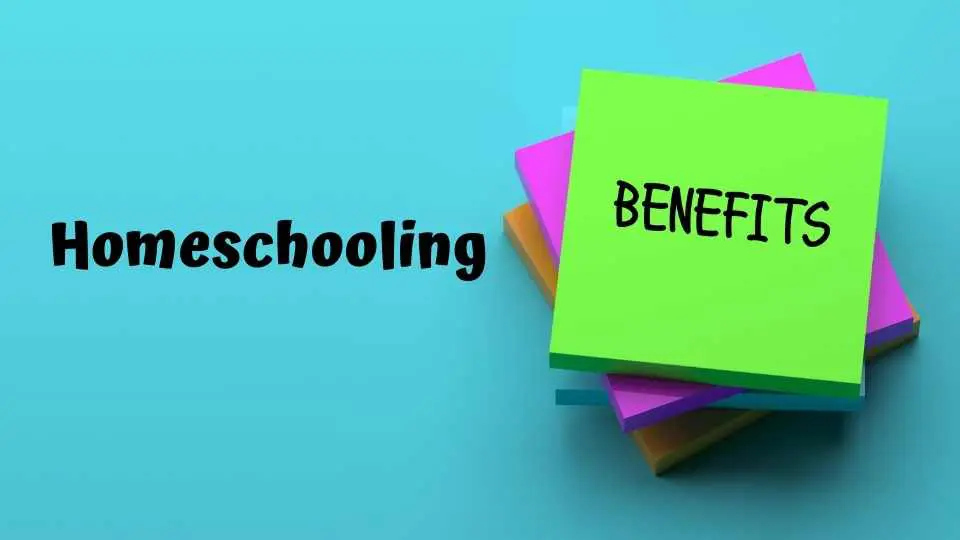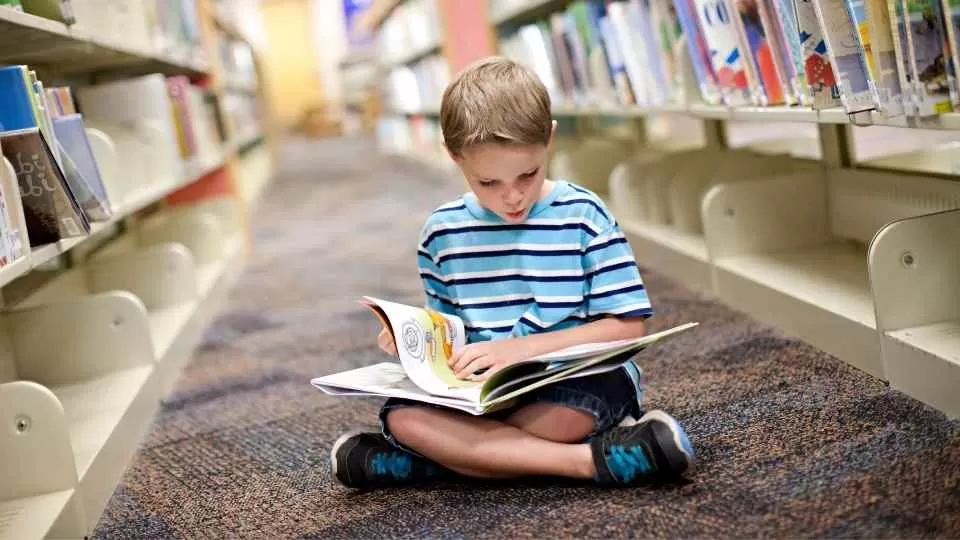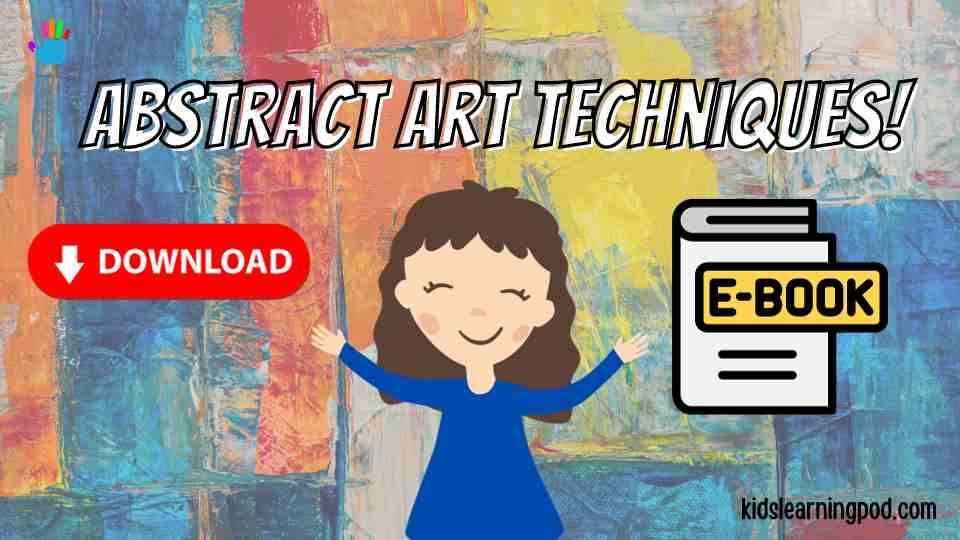Classroom Strategies for Interactive Learning
Are you tired of watching your students yawn and drift off during your lectures? Do you want to create a more engaging and interactive classroom environment? Look no further! In this blog post, we’ll share the top classroom strategies for interactive learning that will transform your classroom into an exciting and dynamic space for both you and your students.
But wait, there’s more! As we explore these strategies, we’ll also provide real-life examples and tips for successful implementation. Plus, we’ll discuss the benefits of interactive learning and how it can enhance student engagement, critical thinking, and motivation.
So, whether you’re a seasoned educator or just starting out, this post is for you. Get ready to revolutionize your classroom and inspire your students to become active learners. Are you ready to join the interactive learning revolution?
What is Interactive Learning?
Interactive learning is a teaching and learning approach that emphasizes active student engagement and participation in the learning process. In interactive learning, students are encouraged to be actively involved in their own learning by participating in discussions, working collaboratively, and using various technologies and resources to explore and solve problems.
This approach to learning recognizes that students learn best when they are actively engaged and when their learning is connected to real-world experiences. Interactive strategies can take many forms, such as group work, peer teaching, project-based learning, online discussions, and simulations, among others.
Interactive learning has been found to enhance student engagement, motivation, and critical thinking skills. By providing opportunities for students to collaborate, ask questions, and explore topics in a more hands-on way, interactive learning can also help students retain knowledge better and apply it in real-life situations.
Benefits of interactive learning
Students and teachers benefit from interactive learning. As students are encouraged to take an active role in their learning, it can boost motivation and engagement. As students work together to solve real-world problems, interactive learning can improve critical thinking and problem-solving.
Interactive learning can also improve communication and teamwork skills, which are crucial for academic and professional success. Since students are more engaged in interactive learning, teachers can improve their teaching.
Interactive learning allows teachers to use a variety of methods and technologies to make the classroom more dynamic and creative. Students and teachers benefit from interactive learning
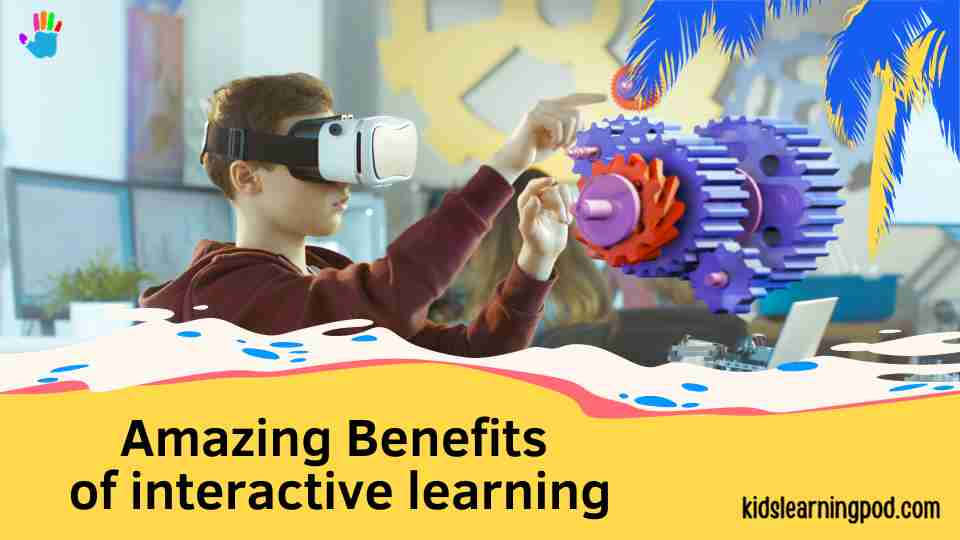
Approaches for Classroom Strategies for Interactive Learning
Classroom strategies for interactive learning include a variety of techniques and approaches that encourage student engagement and participation in the learning process. Some popular strategies include collaborative learning, active learning, and technology-enhanced learning.
Make Collaborative Learning a priority
Collaborative learning is a classroom strategy that emphasizes student learning, collaboration, and teamwork. In collaborative learning, students work together in small groups to solve problems, complete projects, and learn from each other.
This approach to learning can promote critical thinking, communication, and teamwork skills, while also encouraging students to take an active role in their own learning. Collaborative learning can take many forms, such as group discussions, peer teaching, and think-pair-share exercises, among others.
Think, pair and share
By working together, students can learn from each other’s perspectives and build their knowledge and understanding of the material. Collaborative learning can be especially effective for students who may be hesitant to speak up in class or who have different learning styles, as it allows for more diverse perspectives and approaches to problem-solving.
Plan Active Learning
Active learning encourages students to take an active role in their own learning process. In active learning, students are not passive recipients of information, but rather active participants who engage in a variety of activities that promote deeper learning. Some examples of active learning include problem-based learning, flipped classrooms, and gamification.
Problem based learning
Problem-based learning involves presenting students with real-world problems or scenarios to solve, which encourages critical thinking and problem-solving skills.
Flipped Classrooms
Flipped classrooms involve students watching pre-recorded lectures or reading materials before class, then using class time for discussion and group work.
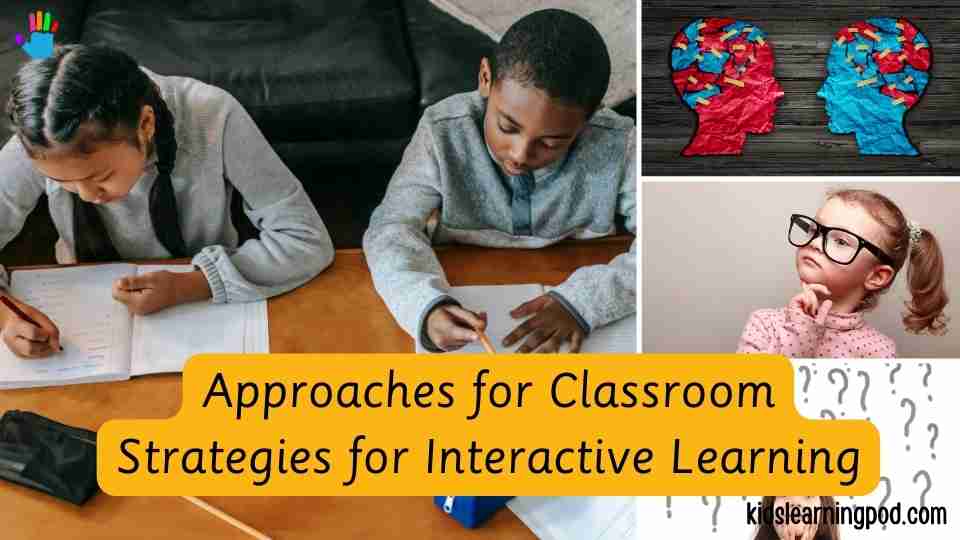
Technology-Enhanced Learning
Technology-enhanced learning is a classroom strategy for interactive learning that involves the use of technology to enhance and support the learning process. This can include a variety of tools and platforms, such as online discussion boards, educational apps, and interactive whiteboards.
Technology-enhanced learning can provide a more engaging and interactive experience for students, as it can help to bring concepts to life, encourage collaboration and feedback, and provide immediate feedback on student progress.
Online Discussion Boards
For example, online discussion boards can facilitate online conversations and debates, while educational apps can provide interactive quizzes and simulations that help to reinforce learning. Interactive whiteboards allow for real-time collaboration and annotation, making it easier for teachers to present information and for students to work together on projects.
Educational apps
There are a wide variety of apps available that can be used to support learning in the classroom, from educational games and puzzles to language learning and study tools.
Many educational apps are designed to be interactive and engaging, using features such as gamification, quizzes, and animations to promote learning. These apps can be particularly effective at supporting independent learning, as students can work through the content at their own pace and receive instant feedback on their progress.
Whiteboards
These Interactive whiteboards allow teachers to present and manipulate content in a dynamic and interactive way, enabling students to interact with and contribute to the learning experience.
Whiteboards can also be used to integrate multimedia content, such as videos, images, and audio, which can help to bring learning to life and make it more engaging.
Game Activities
Interactive game activities, such as crossword puzzles, Scrabble, and Bingo, can be a fun and engaging way to support learning in the classroom. These games can help to reinforce key concepts and vocabulary, while also promoting critical thinking and problem-solving skills.
Crossword Puzzles
Crossword puzzles are a classic game that can be adapted to almost any subject area. By creating crossword puzzles that focus on key terms and concepts, teachers can help students to build vocabulary and reinforce their understanding of important ideas.
Scrabble
Scrabble is another popular game that can be used to support learning in the classroom. By challenging students to create words that are related to a specific subject area, teachers can help students to build vocabulary and improve their spelling and language skills.
Bingo
Bingo is a game that can be used to reinforce key concepts and vocabulary, while also promoting collaboration and teamwork. By creating Bingo cards that include important terms or concepts, teachers can encourage students to work together to identify and understand the material.
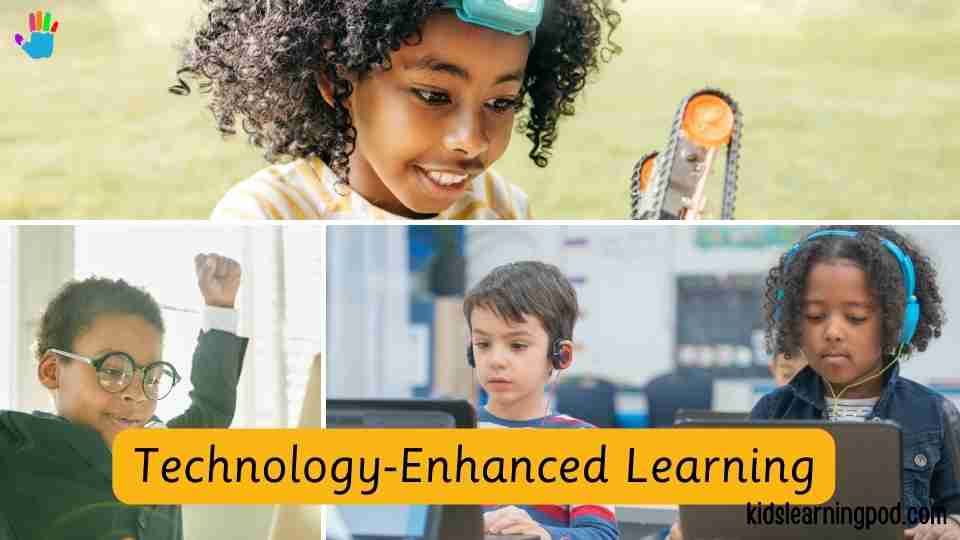
How Literacy coaches are helpful to implement strategies for interactive learning?
Interactivity benefits students and teachers. Active learning can motivate and engage students. It helps students solve real-world problems.
This learning improves communication and teamwork, which are essential for academic and professional success. Interactive learning engages students, helping teachers improve.
It lets teachers use various methods and technologies to make the classroom more dynamic and creative. Interactive learning benefits students and teachers
Correlate students comprehension processes
Identifying students’ comprehension processes and tailoring instruction to their needs is how to correlate students’ comprehension processes. This process can include assessing student reading levels, identifying comprehension gaps, and providing targeted support and instruction.
Teachers can personalise learning by understanding how students process information. Some students benefit from diagrams or graphic organisers, while others benefit from more interactive or collaborative activities.
Correlating students’ comprehension processes can improve engagement, motivation, academic achievement, critical thinking, and problem-solving.
7 Effective Teaching Strategies For The Classroom
FAQs
What is interactive learning, and why is it important in the classroom?
Interactive learning is an approach that emphasizes active student engagement and participation in the learning process. It’s crucial because it enhances student motivation, critical thinking, and problem-solving skills by involving them actively in discussions, collaboration, and hands-on activities.
What are the benefits of interactive learning for students?
Interactive learning benefits students by improving their engagement, motivation, critical thinking, communication, and teamwork skills. It also helps them retain knowledge better and apply it in real-life situations, making learning more meaningful.
How can I incorporate collaborative learning in my classroom?
You can implement collaborative learning by organizing group discussions, peer teaching sessions, and think-pair-share exercises. Encourage students to work together to solve problems and complete projects, fostering teamwork and diverse perspectives.
What are some active learning strategies I can use?
Active learning strategies include problem-based learning, flipped classrooms, and gamification. Problem-based learning involves real-world problem-solving, while flipped classrooms use pre-class materials and in-class discussions. Gamification incorporates interactive games to support learning.
How can technology enhance interactive learning?
Technology can enhance interactive learning through online discussion boards, educational apps, and interactive whiteboards. These tools promote engagement, collaboration, and provide immediate feedback, making learning more dynamic.
What are some examples of educational apps for interactive learning?
Educational apps come in various forms, from games and puzzles to language learning tools. They often use features like gamification, quizzes, and animations to engage students and offer instant feedback on their progress.
Can interactive whiteboards be beneficial in the classroom?
Yes, interactive whiteboards allow dynamic content presentation and manipulation, enabling students to interact with the learning experience. They can integrate multimedia content, like videos and images, to make lessons more engaging.
How can games like crossword puzzles and Bingo support interactive learning?
Games like crossword puzzles, Scrabble, and Bingo can reinforce key concepts and vocabulary while promoting critical thinking and problem-solving. These interactive activities make learning enjoyable and collaborative.
What role do literacy coaches play in implementing interactive learning strategies?
Literacy coaches can help personalize instruction by understanding how students process information. They assess reading levels, identify comprehension gaps, and provide targeted support. This tailored approach improves engagement, motivation, and critical thinking.
How does correlating students’ comprehension processes benefit interactive learning?
Correlating students’ comprehension processes involves tailoring instruction to their needs, using methods like diagrams or collaborative activities. This approach enhances engagement, motivation, academic achievement, critical thinking, and problem-solving skills.
Download A Guide to Using Bloom’s Taxonomy in the classroom!
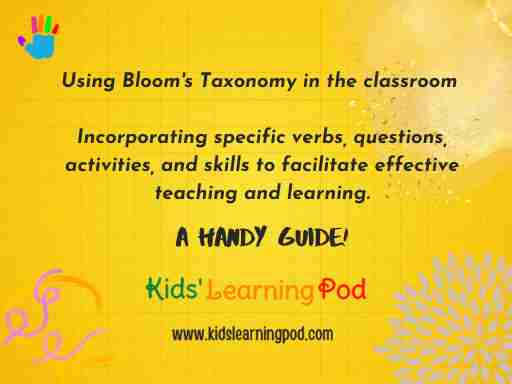
Kindly Allow Pop ups to let the Download Begin!
Conclusion
In conclusion, embracing interactive learning strategies in the classroom can truly transform the educational experience for both teachers and students. By actively engaging learners, encouraging collaboration, and leveraging technology, we create an environment where knowledge is not just absorbed but experienced and applied.
The benefits of interactive learning are profound, as it ignites students’ curiosity, fosters critical thinking, and hones their ability to solve real-world problems. It also equips them with essential communication and teamwork skills vital for success in both academia and the professional world.

